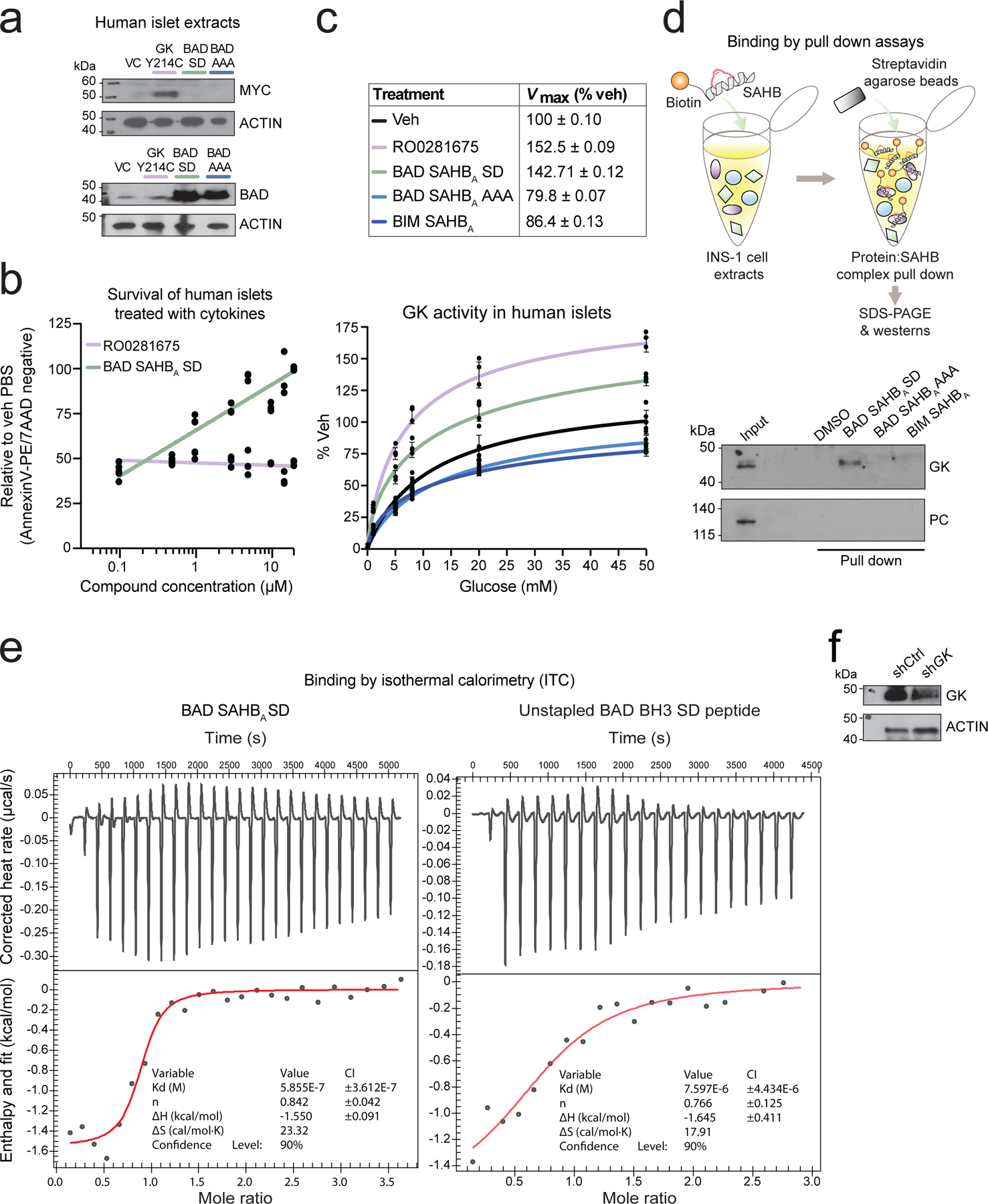Extended Data Fig. 1. Characterization of GK-modulating tools used in this study.

a, Western blots showing expression levels of full length MYC-tagged GK Y214C and BAD BH3 mutant proteins in islets used in Fig. 1b and Fig. 2f. Blots are representative of n=2 independent experiments with similar results.
b, Viability of human islets treated with increasing doses of RO0281675 or BAD SAHBA SD and exposed to cytokines as in Fig. 1c. Based on these dose response studies, we elected to use RO0281675 at 3 μM and BAD SAHBA SD at 5 μM throughout all studies. Data are means ± s.d. of 3 technical replicates of islet cultures from one human donor.
c, GK activity in human islets treated with vehicle (DMSO), RO0281675, BAD SAHBA SD, BAD SAHBA AAA or a stapled peptide modeled after the BH3 domain of a related BCL-2 family protein (BIM SAHBA). Data are means ± s.d. with n=4 (veh and BAD SAHBA SD) or n=3 (RO0281675, BAD SAHBA AAA or BIM SAHBA) technical replicates of islet cultures from one donor.
d, Specific target engagement by BAD SAHBA SD as assessed by the capture of GK with biotinylated BAD SAHBA SD but not BAD SAHBA AAA or BIM SAHBA in INS-1 protein lysates. Western blot with the anti-PC antibody serves as negative control for GK. Input denotes INS-1 lysates not incubated with any stapled peptides or vehicle. Representative experiment is shown out of n=2 experiments with similar results.
e, Isothermal titration calorimetry (ITC) measurements showing the binding of recombinant human GK to BAD SAHBA SD in a 1:1 stoichiometry with binding affinity (dissociation constant, Kd) of ~580 nM (left). ITC using the corresponding unstapled peptide is shown for comparison with a log higher Kd (right). Data are representative of n=3 independent ITC experiments with similar results.
f, Western blots showing efficiency of GK knockdown in islets used in Fig. 1d and Fig. 2d. Blots are representative of n=2 independent experiments with similar results.
